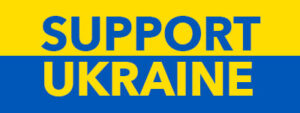Ukrainian Jewish Heritage: Film Review— Saved by Sheptytsky
“No harm will come to you here. You are safe. “ Lilly Pohlman says she will remember these words till the end of her days. Along with the memory of a giant of a man gently reassuring her after experiencing the horror of Nazi brutality. Over 150 other Jews who survived the Holocaust in Ukraine […]



